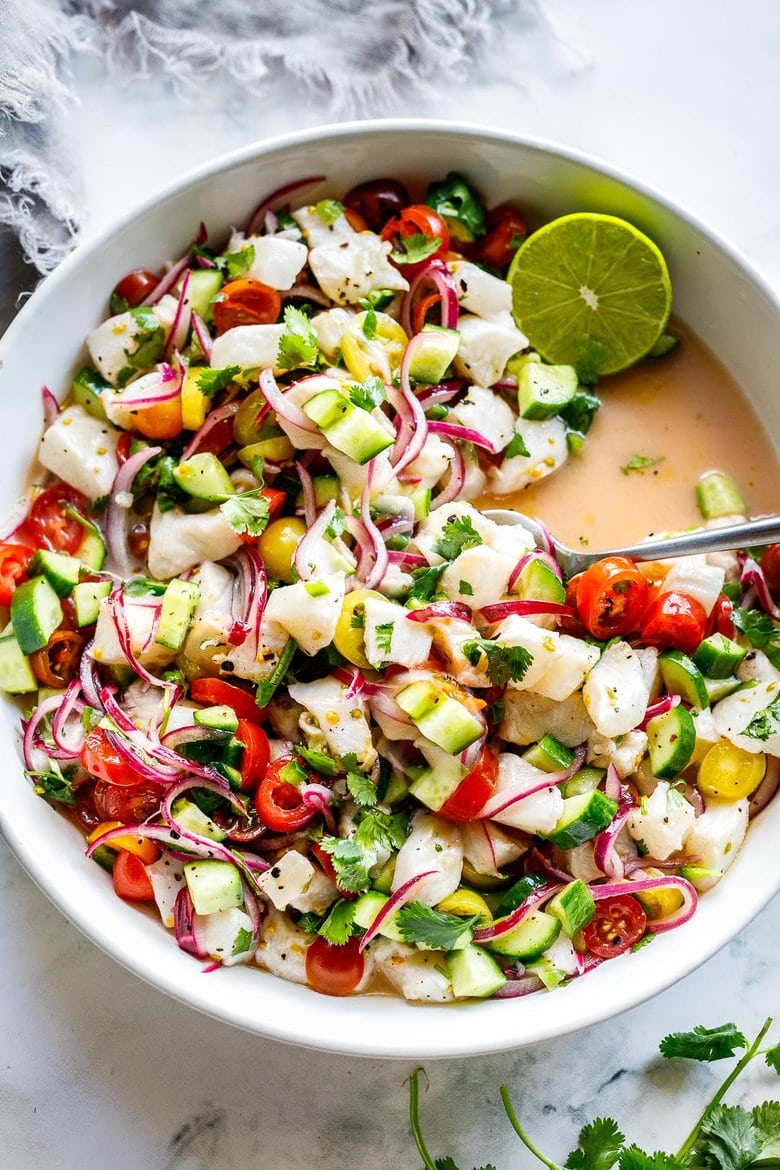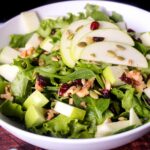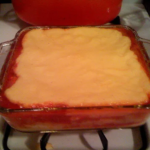Ingredients to make Ceviche (can also be written as Ceviche):
- 200 g of fresh white fish, cut into pieces of 2 cm per side (it must be a consistent fish so that it does not fall apart when prepared)
- ½ medium onion, no larger than 3 cm., cut into feathers and rinsed
- ½ tablespoon of salt
- Limo chili (preferably red and yellow), seeded, coarsely chopped
- 5 fresh green lemons, freshly squeezed
- Hydroponic lettuce
- Parboiled corn
- Yellow sweet potato
- Purple sweet potato

How to make Ceviche (can also be written as Ceviche):
Any fish that is very fresh can be used to prepare ceviche, however, it is preferable to avoid Liza due to its doubtful origin, conger eel because it is bland, tollo because it is hard, tuna and swordfish. Not all fish have fillets of the same softness or the same color. This changes from white fish (corvina, sole, grouper, etc.) to blue fish (bonito, horse mackerel, cojinova, etc.) and from both to rock fish (cheetah, tramboyo, Cabrillo, cheerio). The trick to savoring a good ceviche of any of these species lies in knowing how to treat and cut each type of meat; the point of pickling the fish in lemon is the same in all: just an instant. In this recipe, we are going to use medium-sized sole weighing approximately 3 kilos. Prepare ceviche in small quantities (maximum for 4 people) and at the moment. Have all your supplies on hand, including plenty of fresh water. On the chopping board, clean the fish fillet by removing any bone and dark part (whose strong flavor can spoil our preparation) that it has.
Cut 200 g of fillet into pieces 2 cm per side and place them in a clean and large glass or ceramic bowl (not aluminum or plastic). The onion to be used must be red, fresh and resistant to the touch. Peel and thinly slice ½ medium onion so it is no larger than 3 cm. Remember that the ceviche is fish and not onions. Gently rinse in water to remove much of its recognized “poison”. Mix the onion with the fish. Then carry out a crucial point of preparation: washing.
In the bolus, which contains the fish and the onion, pour plenty of fresh water without mistreating or hitting the meat. Repeat the operation 1 more time and drain so that the flavors are subtly integrated.
Add to the fish and onion mixture ½ tablespoon of salt, chili limo (preferably red and yellow because they are the ones that provide the best aroma) coarsely chopped to taste.
Avoid using the chili seeds, as the seasoning would turn violent. Keep in mind that too much chili can ruin the food. The ceviche is a fresh and jovial dish; but it frequently arrives at the table spicy, acidic and room temperature. When this happened, crustacean broths and sole fumets were used; however, the former printed fat and the latter left their mark. The solution for that is to place 2 hard ice cubes and a homemade ice cube tray.
The lemons to be used must be fresh and ripe (green in color) so that the ceviche does not turn out to be bitter.
Roll 5 lemons on the table, then cut them in half and squeeze them by hand over the fish, which will be protected by a strainer to prevent seeds and small segments from falling out.
Do not use previously squeezed lemon juice even for 1 minute of time. Stir gently with a steel spoon (never wooden) and taste the seasoning. If necessary, scrape the bottom of the bowl with a piece of ají limo since the perfume it gives off is incomparable to any other. Remove ice and serve immediately in slightly chilled bowl. Accompany with a hydroponic lettuce leaf, corn and two thin slices of yellow and purple sweet potato.
Cook the corn in cold water for 15 minutes (counting from the time it boils) on a bed of fresh pancas, ¼ tablespoon of salt, 1 tablespoon of sugar and 15 grains of anise. Let cool in its own water. It is preferable not to use lemon juice to whiten corn because its yellow color is very attractive. The sweet potato is parboiled without haste or punctures. Cook the yellow and purple sweet potatoes together, both should be perfect. These garnishes bring even more Peruvian’s to the ceviche. To “fish” in the juicy ceviche, use a spoon. This ceviche is a complete dish.We love to serve and invite friends to taste what we have called “the art of raw meats”, which includes more ceviche’s, traditions, tartar, Carpaccio, sashimi and novoandino maki sushi; all prepared with sea and river fish, where the natural flavor is the guest of honor. It is the flag plate of Peru. Today it has been copied by several countries in the region and even from other continents, in which natural products from them have been included. A good cebichero, whether amateur or professional, goes down in history.
Those around him (family, friends and clients) praise his benefits to the point of fostering a personality of a culinary “divo”. The Peruvian ceviche is a dish that requires techniques and order; it is also characterized by being fresh and tasty. Ají limo, is a variety of spicy typical of Peru, but it can be replaced by some spicy variety existing in other countries.



